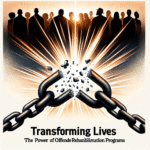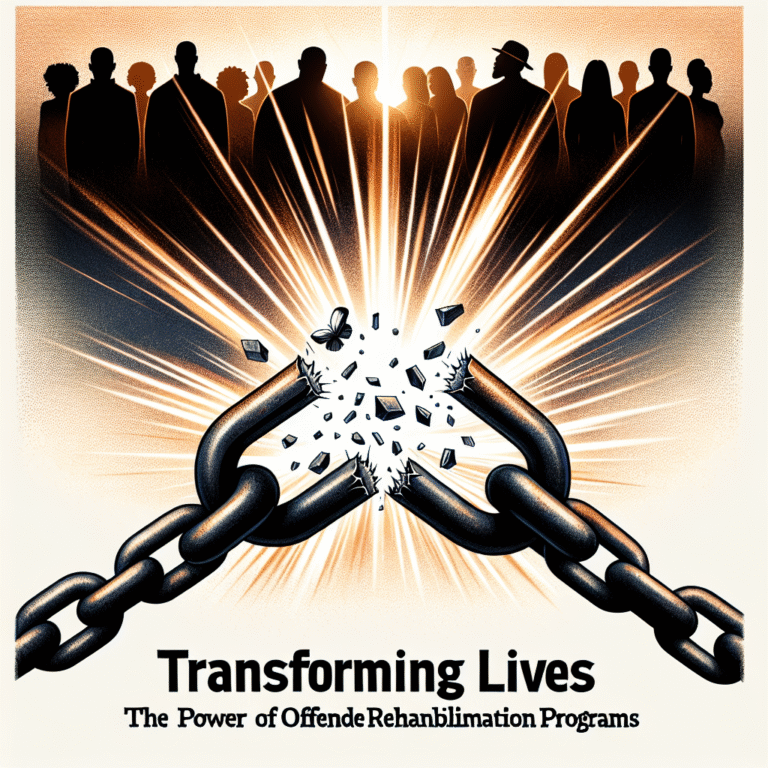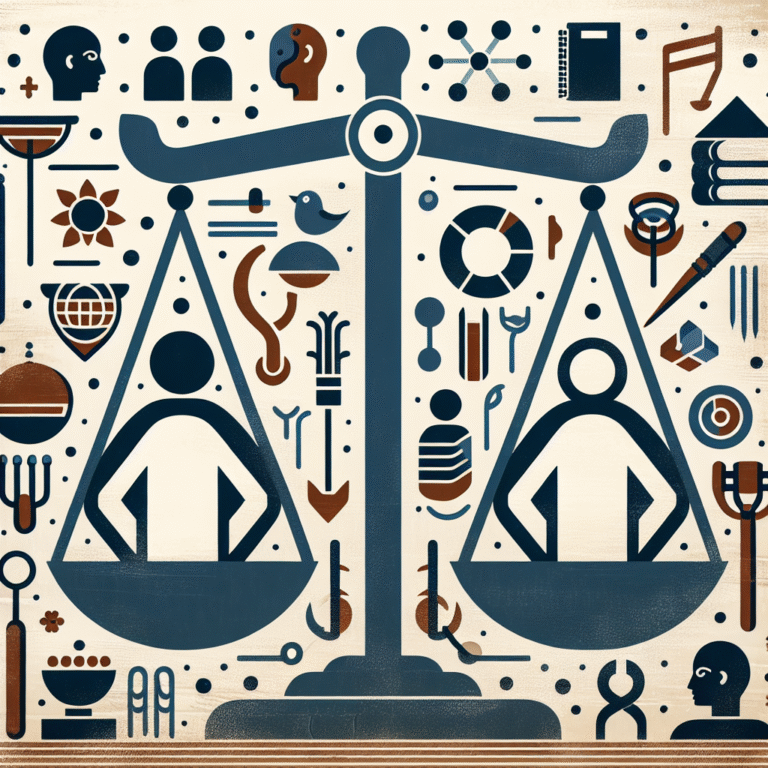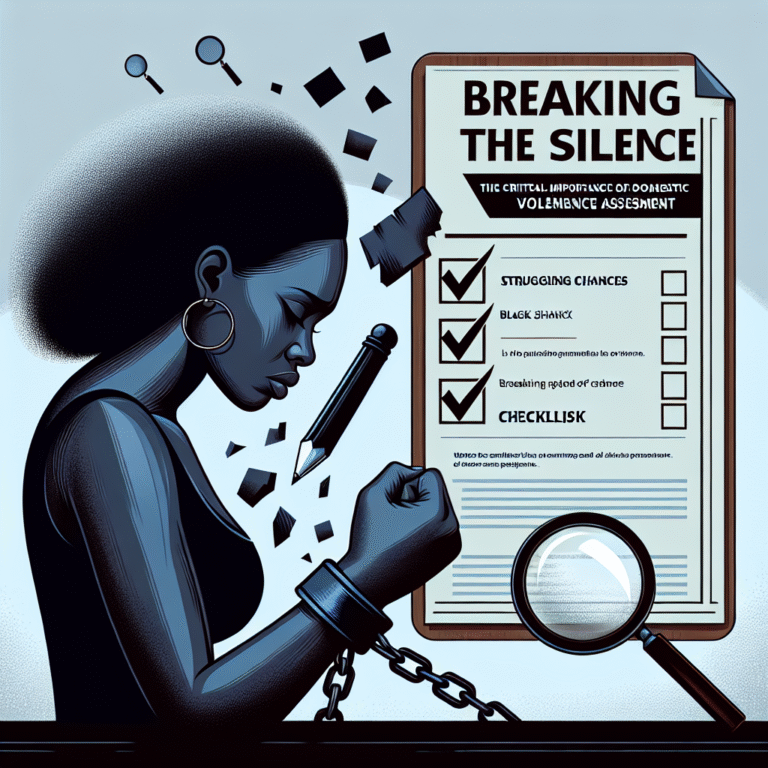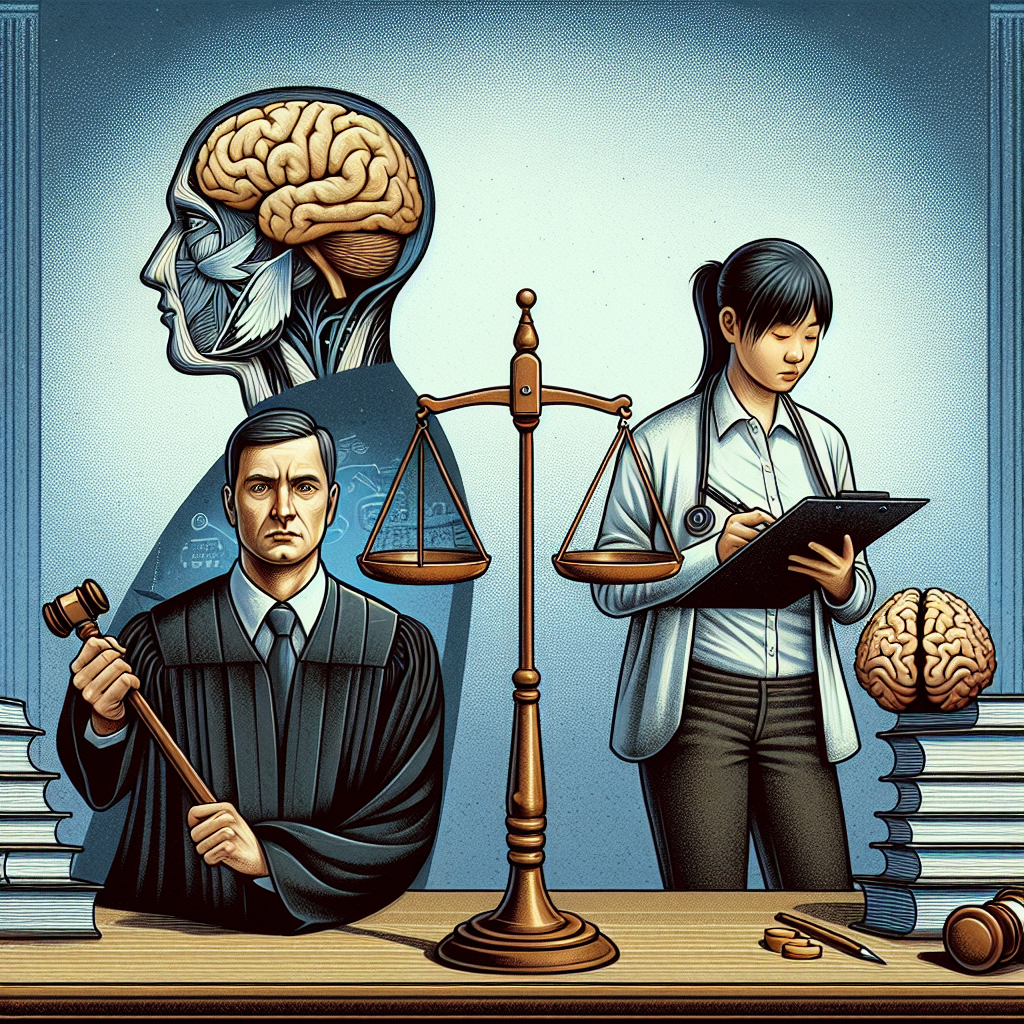
Introduction
Imagine sitting in a courtroom, surrounded by stark realities. You hear stories of pain, resilience, and the quest for justice. Among the voices rises a delicate yet powerful narrative—the toll of trauma, often hidden yet profoundly impactful. This brings us to the intersection of trauma and legal proceedings: Trauma on Trial: The Role of PTSD in Personal Injury Cases. Today, we’ll delve into how PTSD (Post-Traumatic Stress Disorder) shapes legal arguments, influences jury perceptions, and alters the lives of those grappling with insecurities birthed from past traumas.
Understanding this relationship is essential, not just for legal professionals but also for individuals affected by personal injury. As we journey through this intricate landscape, we’ll explore compelling case studies, introduce vital statistics, and equip readers with actionable insights that resonate both in and out of the courtroom.
Understanding PTSD and Its Legal Implications
What is PTSD?
Before we navigate the courtroom dynamics, let’s grasp what PTSD truly entails. It is a mental health condition triggered by experiencing or witnessing a traumatic event. Symptoms can include:
- Intrusive memories
- Severe anxiety
- Flashbacks
- Emotional numbness
- Avoidance of reminders of the trauma
PTSD is often misunderstood or overlooked in personal injury cases. However, when we discuss Trauma on Trial: The Role of PTSD in Personal Injury Cases, we recognize that its implications can be as substantial as physical injuries.
The Legal Framework Surrounding PTSD
In personal injury law, proving PTSD can be complex. Legal standards require plaintiffs to demonstrate that their emotional distress is directly connected to the incident in question. The burden of proof lies with the plaintiff, who must provide credible evidence to support their claims.
Critically, courts may rely on the Diagnostic and Statistical Manual of Mental Disorders (DSM-5) for PTSD diagnoses. Legal professionals must not only present medical evidence but also articulate how the PTSD significantly impacts the plaintiff’s quality of life.
Real-World Case Studies
Case Study 1: The Impact of PTSD in Car Accident Claims
In 2020, Jane Doe was involved in a devastating car accident. After the event, she developed PTSD, experiencing nightmares and avoidance behaviors related to driving. Jane’s legal team used expert testimonies from psychologists, alongside medical documentation, to illustrate her ongoing struggles post-accident. By presenting this evidence, they effectively showcased how her PTSD was not just a diagnosis but a life-altering condition directly linked to the incident.
Relevance: This case underscores the importance of comprehensive evidence in demonstrating emotional distress. It also illustrates how PTSD influences a claimant’s quality of life, thereby substantiating their claim for damages.
Case Study 2: Workplace Trauma and PTSD
In another notable case, John Smith, a former construction worker, suffered a severe accident on a job site that resulted in multiple physical injuries. However, it was the PTSD that emerged afterward that became a central theme in his personal injury lawsuit. John faced triggers related to construction sounds, leading to anxiety attacks and debilitating stress.
His lawyers utilized expert witnesses to draw a direct cause-and-effect relationship between the workplace accident and John’s developing PTSD. The jury was ultimately sympathetic, recognizing that even invisible wounds can be just as debilitating as physical injuries.
Relevance: This scenario highlights the necessity for legal teams to approach PTSD not merely as a secondary concern but as a primary facet of the client’s overall injury. It emphasizes the multi-dimensional approach one must adopt when arguing cases involving trauma.
Drawing Statistical Insights
To further understand Trauma on Trial: The Role of PTSD in Personal Injury Cases, let’s consider some critical data concerning PTSD’s prevalence and impact:
| Statistical Insight | Value |
|---|---|
| Percentage of trauma survivors developing PTSD | 20-30% |
| Veterans experiencing PTSD | 11-20% |
| Estimated economic cost of untreated PTSD | $1 billion annually |
| Increase in PTSD claims in personal injury cases | 35% since 2010 |
These statistics illustrate the vast reach of PTSD and its implications within legal contexts. As the data shows, the recognition of PTSD in personal injury cases is not just a growing trend but an essential aspect of understanding the full impact of trauma.
Navigating the Judicial Complexities
Cross-Examination and Expert Witnesses
In the courtroom, the role of expert witnesses is critical in establishing the validity of PTSD claims. Expert psychologists or psychiatrists can provide the necessary medical insights to validate a diagnosis. They can also testify regarding the typical symptoms and the likely lasting effects of PTSD.
In personal injury trials, opposing counsels might attempt to minimize a plaintiff’s PTSD claim by suggesting that trauma is just a part of life; therefore, awarding damages becomes contentious. The jury must then navigate these competing narratives, often relying heavily on expert testimonies.
The Psychological Impact on Juries
When discussing Trauma on Trial: The Role of PTSD in Personal Injury Cases, it’s important to note how juries respond to emotional distress testimony. Juries can be influenced by presentations that evoke empathy; thus, emotional storytelling becomes a potent tool. When a plaintiff shares their lived experience with PTSD, detailing how it has disrupted their daily life, juries often connect on a human level, leading to a more favorable outcome.
The Road Ahead: Addressing Skepticism and Stigma
Combating Misconceptions
Despite growing awareness, misconceptions about PTSD persist. Many uninitiated individuals may regard PTSD as "exaggerated" or merely an excuse. Legal advocates must navigate this skepticism, providing education on how PTSD manifests both physically and emotionally.
Future Legal Trends
As mental health awareness rises, legal frameworks may continue evolving to accommodate PTSD claims within personal injury cases more effectively. This evolution might include:
- Enhanced training for juries regarding mental health
- Greater flexibility in evaluating emotional evidence
- More robust support for plaintiffs in accessing proper psychological assessments
Conclusion
In summary, navigating the complexities of Trauma on Trial: The Role of PTSD in Personal Injury Cases necessitates an understanding of both the legal landscape and the deep emotional scars that trauma leaves behind. Clients bearing the invisible burdens of PTSD require empathetic representation that acknowledges their struggles and seeks justice for their invisible injuries.
The road ahead involves dismantling misconceptions and advocating for a legal approach that holistically assesses trauma’s impact. By recognizing the nuances of PTSD in personal injury claims, we take vital steps toward compassion and justice.
FAQs
1. What qualifies as PTSD in the context of personal injury?
PTSD is diagnosed when an individual experiences severe distress following a traumatic event, with symptoms like flashbacks, severe anxiety, and emotional numbing. Legal assessments require a connection to the incident in question.
2. How can one prove PTSD in court?
Proof typically involves diagnostic evaluations from licensed mental health professionals, documented treatment history, and expert testimonies that speak to the condition’s severity and impact on daily life.
3. Is PTSD a common outcome of personal injury cases?
Yes, statistics indicate that a significant percentage of trauma survivors develop PTSD, making it a common consideration in personal injury litigation.
4. How can a lawyer effectively present PTSD cases to a jury?
Effective presentation involves utilizing compelling narratives, expert testimonies, and clear connections between the traumatic event and the development of PTSD.
5. What are the potential damages for a PTSD claim in a personal injury case?
Damages may include medical expenses, loss of income, pain and suffering, and changes in quality of life, contingent on the severity of symptoms and evidence presented to the court.
This article serves as a comprehensive guide to understanding the intricate link between trauma and law, offering unique insights into how mental health plays a crucial role in the pursuit of justice. Let’s continue to advocate for the importance of this dialogue—the world of personal injury law can only better itself through these vital conversations.

